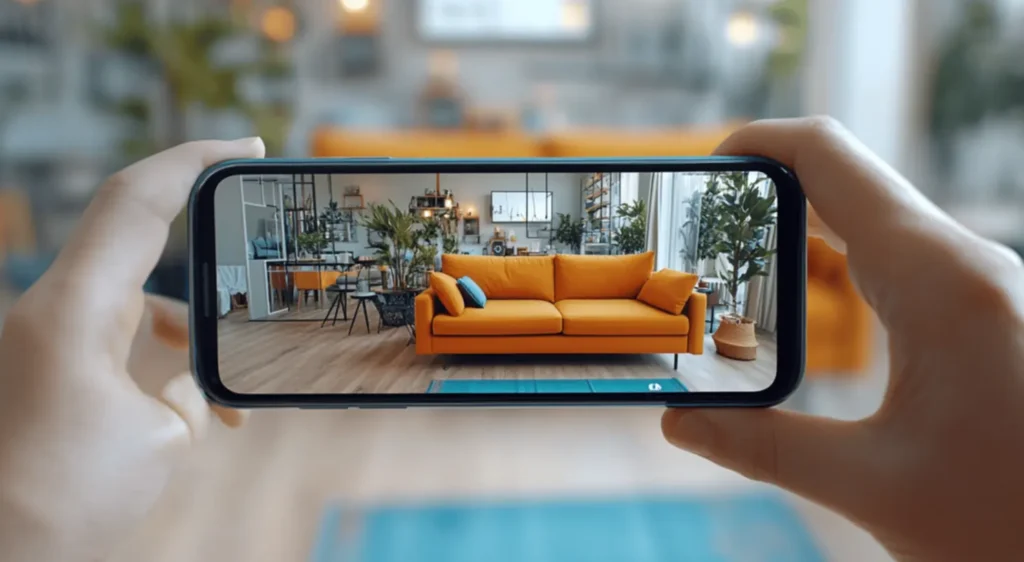Introduction to Augmented Reality Innovations
In our fast-moving world today, augmented reality (AR) innovations are seriously changing how we connect with our surroundings. Whether it’s spicing up our gaming adventures, revolutionizing how we learn, or completely transforming the retail experience, AR technology is creating this awesome bridge between our digital lives and the physical world we live in. As I dive into this thrilling topic, I’m looking to unpack the advancements and opportunities that AR brings to the table. With cool platforms like 17Vibes, I can share my thoughts on how these innovations are truly shaping our daily lives and the exciting future that lies ahead.

Getting a solid grasp on the details of augmented reality is super important for anyone who’s curious about the influence of technology in our lives. This article aims to give you a thorough breakdown of AR innovations, covering what it really is, a bit of its history, how it’s being used, and some challenges it runs into. By the time we wrap this up, you’ll walk away with a better understanding of how AR is making waves across different sectors and what’s in store for this game-changing tech.
So, let’s embark on this journey through the world of augmented reality innovations and uncover the deep effects they’re having on our society.
What is Augmented Reality?
Alright, so let’s break this down. Augmented reality, in simple terms, is an interactive experience that melds the real world with digital content in real-time. Unlike virtual reality, which completely immerses you in a new environment, AR adds a cool layer of digital info on top of what we see around us, letting us engage with both worlds at the same time. Knowing the distinction here is key, especially as more industries tap into these technologies to make our experiences richer.
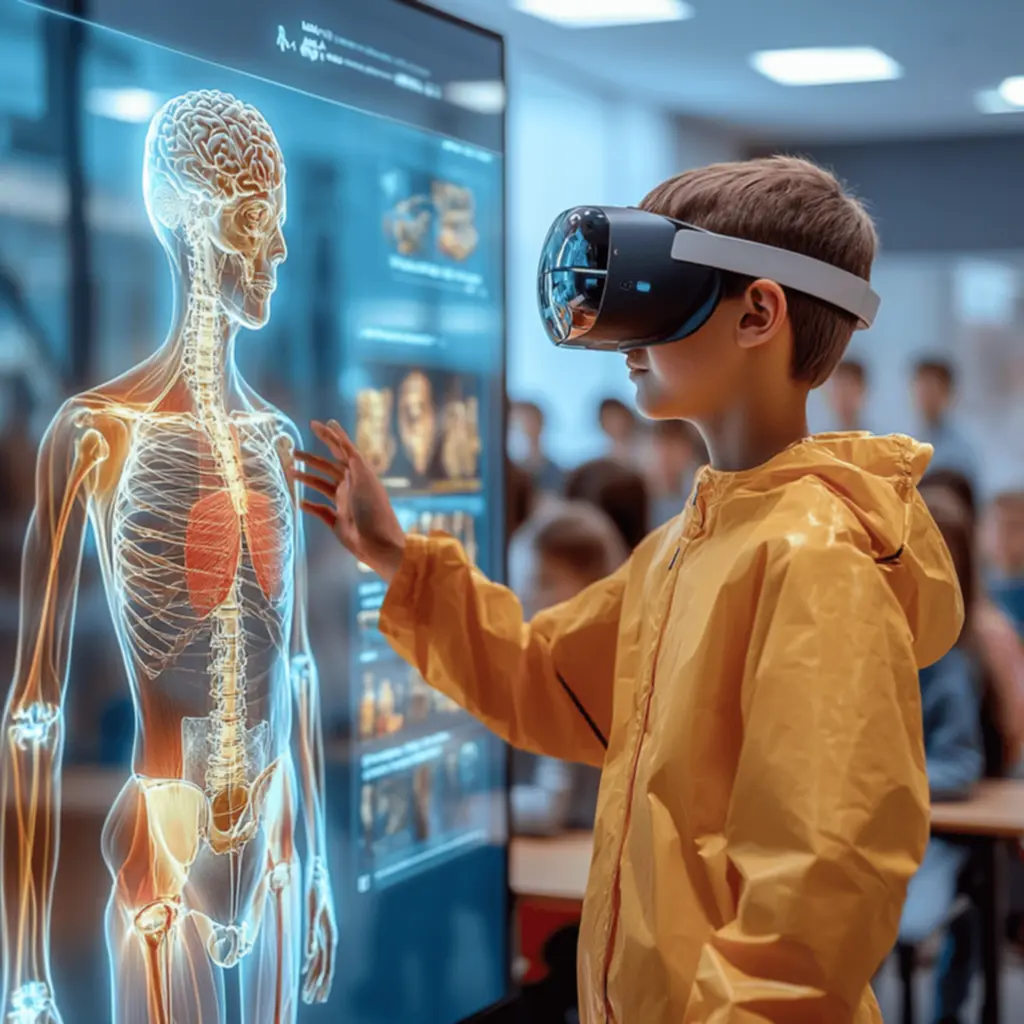
The tech behind AR involves a mix of cameras, sensors, and some neat computer vision stuff that all work together to analyze what’s around us. This tech helps devices spot surfaces, objects, and even faces, allowing for a smooth blending of virtual components. Just think about those fun filters you’ve played with on social media—those are prime examples of AR doing its magic, adding that fun flair to our everyday interactions.
As AR keeps advancing, it’s gaining more popularity in different areas, showing just how crucial it is to grasp its potential. Thanks to augmented reality innovations, businesses are discovering fresh ways to captivate consumers by offering interactive experiences that can significantly boost customer satisfaction.
History of Augmented Reality Developments
Let’s take a stroll down memory lane. The story of augmented reality started way before the term even came to be. Back in 1968, a trailblazer named Ivan Sutherland created the very first AR system—a head-mounted display that let users play around with basic computer-generated visuals. Even though this groundbreaking invention was pretty much ahead of its time and remained largely experimental for quite some years, it laid the groundwork for the future of AR tech.
Zoom ahead to the early 2000s, when researchers got seriously interested in how AR could be commercially used. The arrival of smartphones with fancy cameras and sensors kicked off a huge surge in AR growth. A standout moment came in 2009 with the launch of the first AR browser, which let users experience contextual information based on where they were. This was like a revival for AR, enabling it to carve out a niche in various industries.
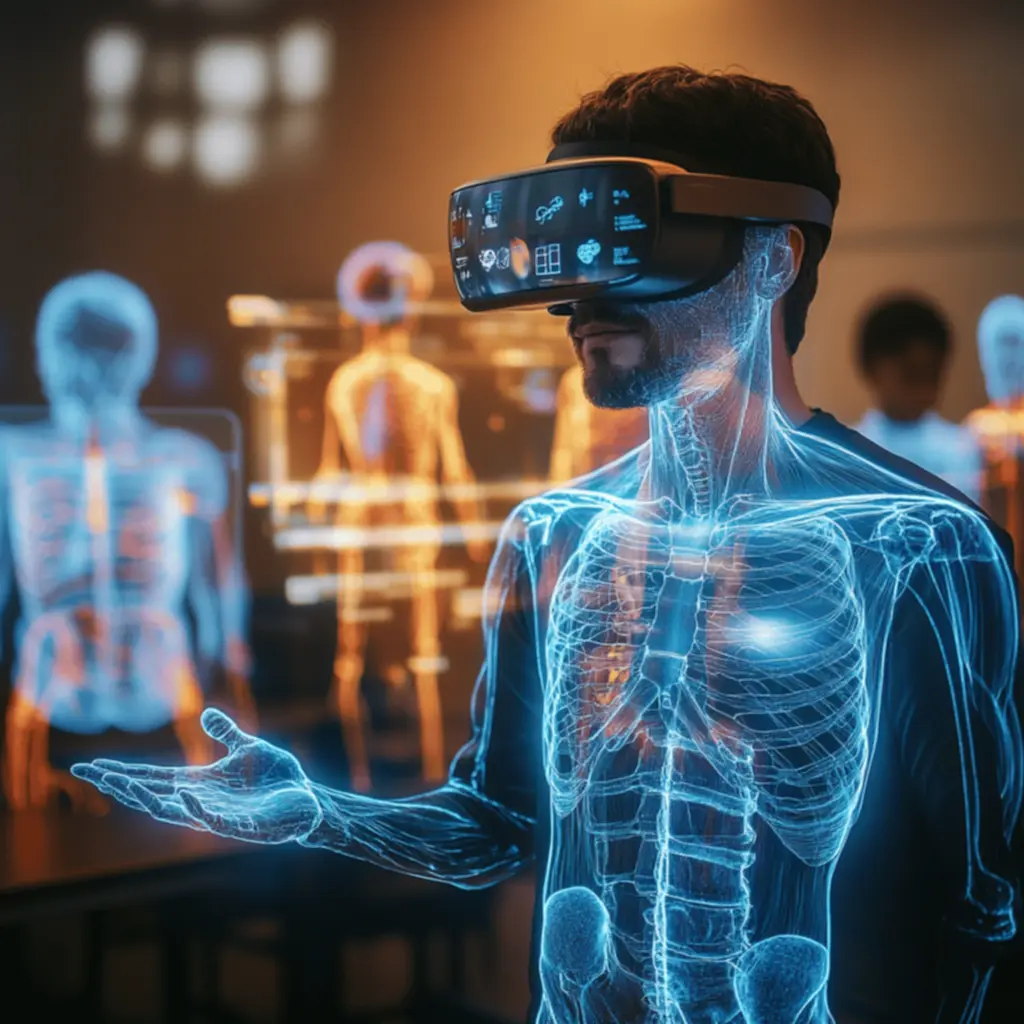
Nowadays, big names like Google, Microsoft, and Apple are pushing the boundaries of AR development, integrating cutting-edge hardware and software into our daily applications. As these advancements roll out, we’re witnessing an ever-changing landscape packed with both chances and obstacles. Reflecting on this history helps us appreciate the transformative power that augmented reality innovations can unleash in our society.
Key Innovations in Augmented Reality Technology
The world of augmented reality is alive with innovations that boost its functionality and enhance user experience. One major leap forward is the creation of AR glasses, such as Microsoft’s HoloLens and Google Glass. These nifty wearable gadgets give users a hands-free way to interact with digital overlays while staying in tune with their surroundings. This isn’t just about making life easier—it’s about creating a richer, more immersive experience.
On top of that, cloud-based AR has made a significant impact on accessibility. By harnessing the power of cloud computing, AR applications can dish out rich, dynamic content without being hindered by the limitations of individual devices’ processing power. Imagine this—now users across various platforms can tap into AR experiences all at the same time, paving the way for collaborative applications that can thrive in different fields.
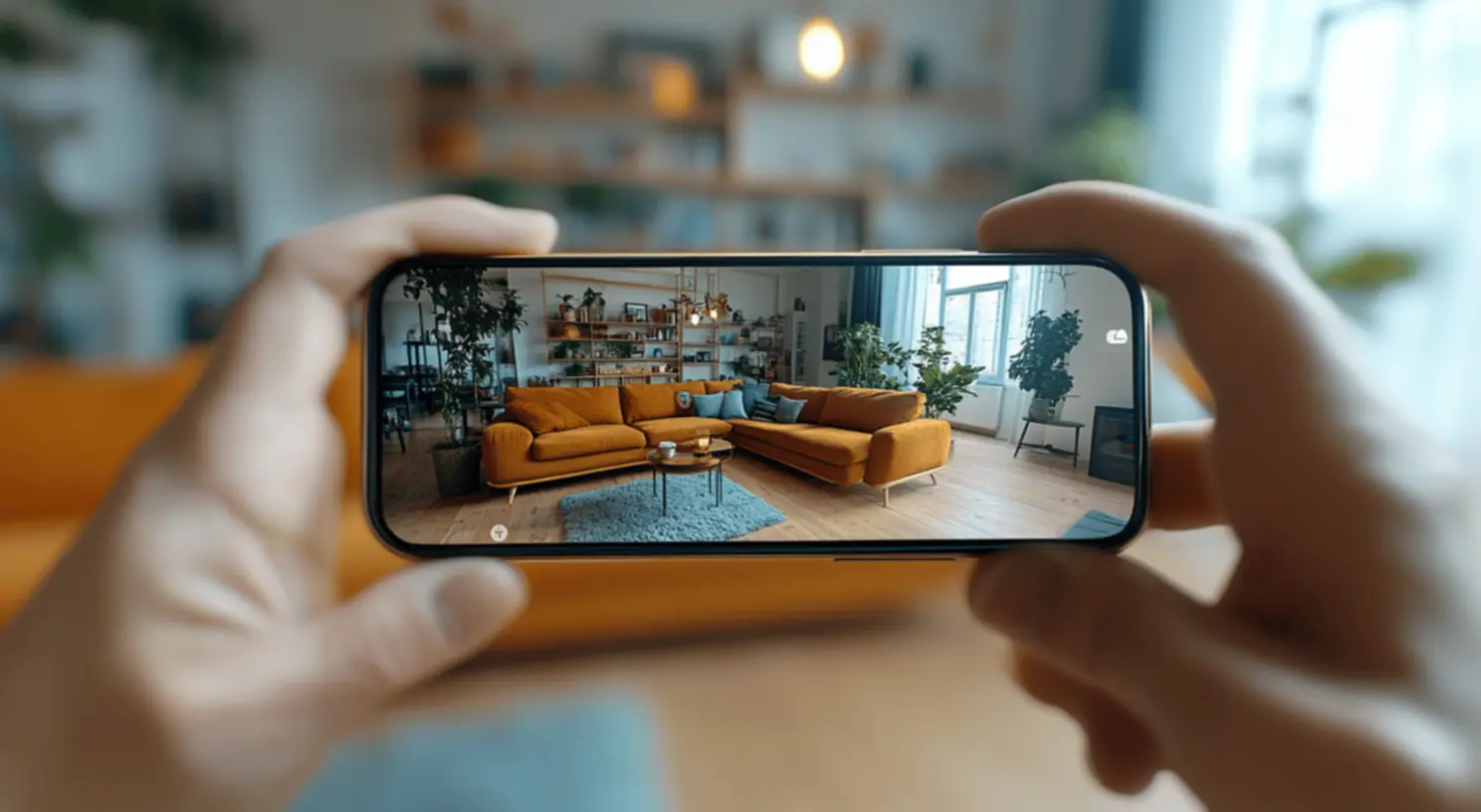
Let’s not forget the exciting integration of AI and machine learning into AR systems, either. These cutting-edge technologies are supercharging object recognition and tracking capabilities, which leads to way more realistic interactions. Picture this: AR applications can now pick up on intricate details in your environment and adjust in real-time. This partnership between AR and AI is not only ramping up the realism of experiences but also widening the scope of possible applications, making it a key development to keep an eye on.
Augmented Reality in Gaming
Ah, gaming—the industry that’s really taken augmented reality innovations and run with them, transforming how we experience games and engage with gameplay! From the global phenomenon that was Pokémon GO, which rocked the world with its location-based fun, to more sophisticated platforms like Harry Potter: Wizards Unite, AR gaming has rolled out immersive experiences that draw players into a whole new world.
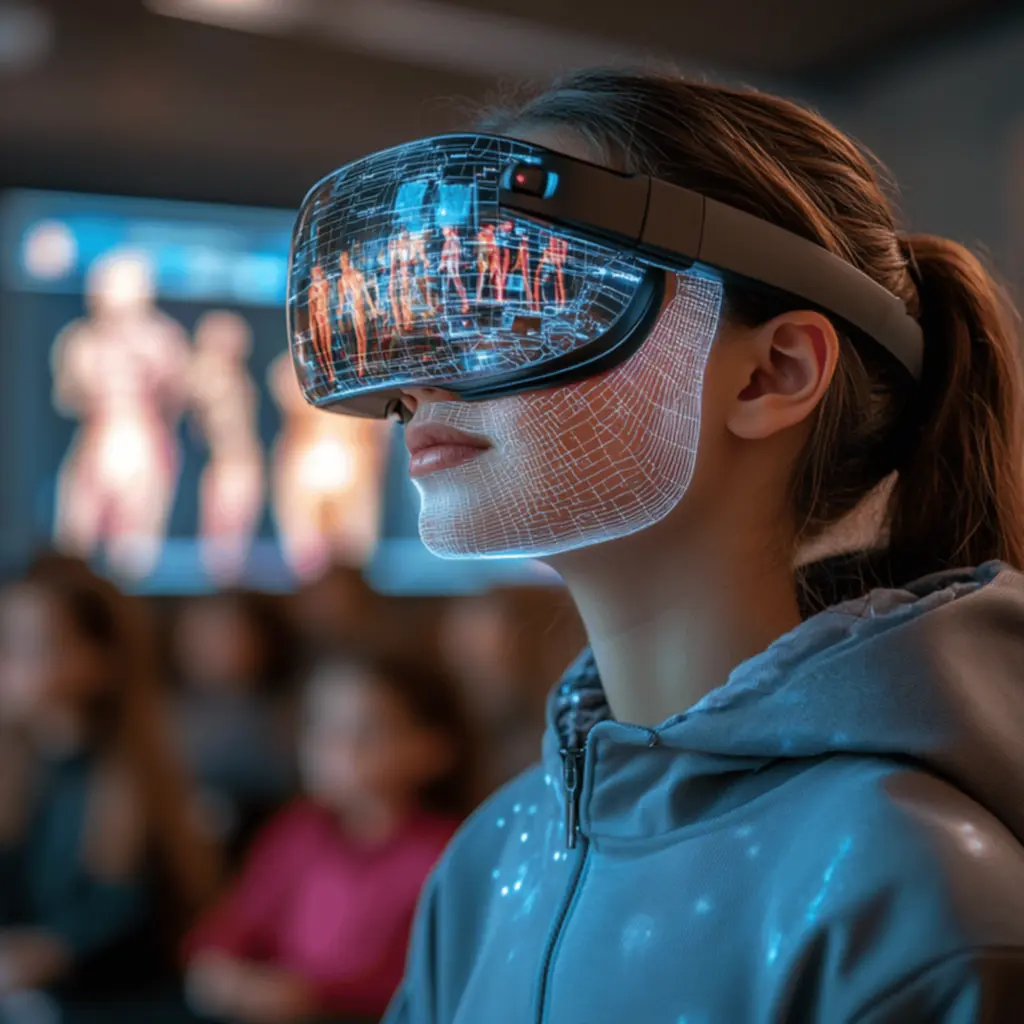
One of the standout perks of AR in gaming? It totally blurs the line between the digital and physical realms. Gamers can dive into their favorite adventures right in their own backyards, which not only spices up the thrill but also fosters social interaction as friends engage with one another in real settings.
And guess what? AR tech in gaming is evolving super quickly. Developers are now placing a big focus on crafting multi-user experiences, letting players team up or go head-to-head with others in shared virtual environments. As we keep seeing fresh, innovative gameplay mechanics pop up thanks to AR, there’s no doubt that the potential for deeper engagement and richer storytelling will offer gamers experiences unlike any other.
Transformative Augmented Reality Applications in Education
Let’s switch gears to education—it’s another area experiencing a massive transformation thanks to augmented reality innovations. AR is shaking up traditional learning styles by providing interactive and immersive experiences that truly help with understanding and memory retention. Just picture it: AR apps can breathe life into boring old textbooks, letting students engage with stunning 3D models that depict everything from the intricacies of the human body to pivotal historical moments.
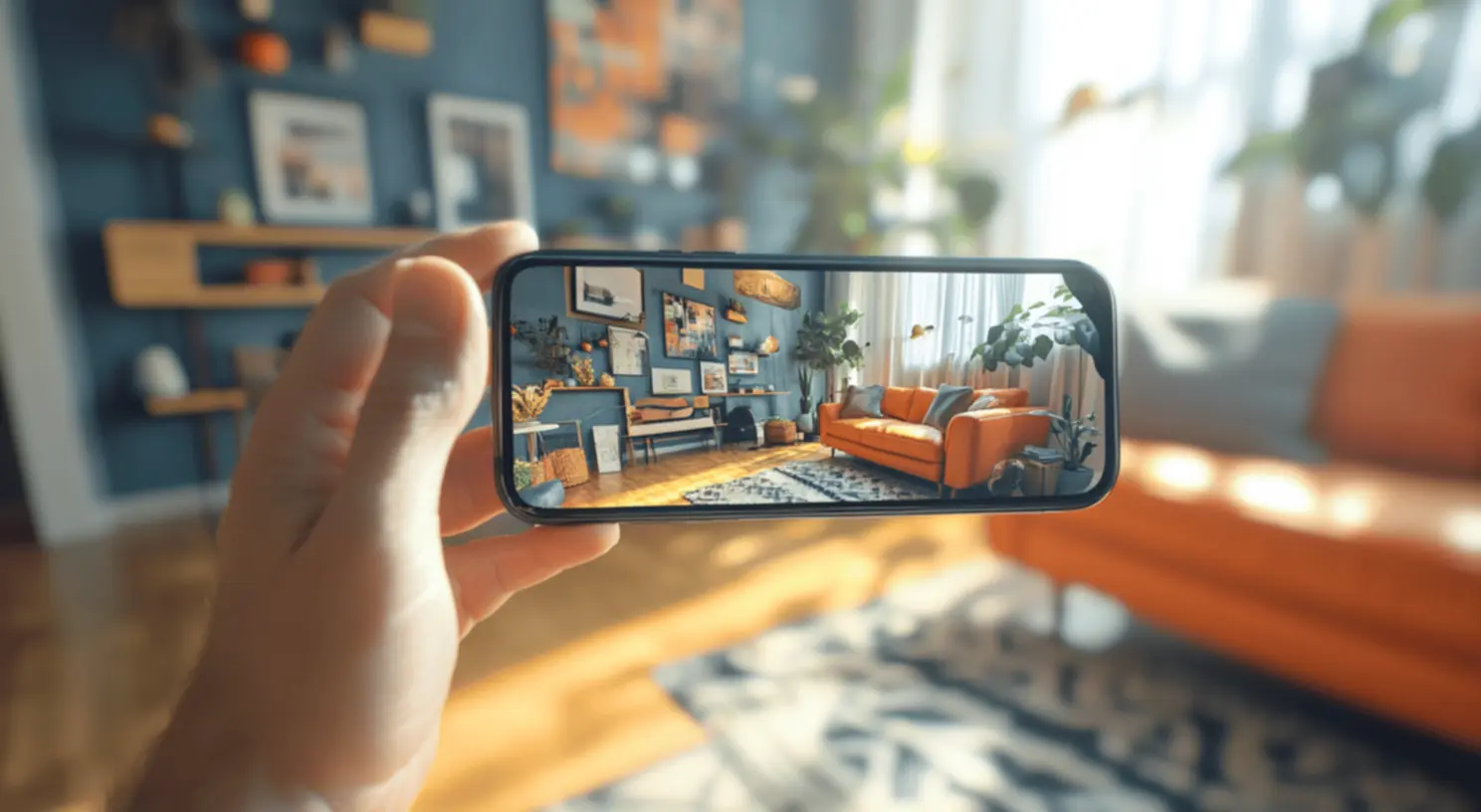
A fantastic use of AR in education is virtual field trips. Students can explore the pyramids in Egypt, dive deep into the ocean, or stroll through ancient Rome—all without leaving their classroom. This kind of hands-on learning sparks curiosity and expands horizons without the usual travel limitations.
Plus, AR tech accommodates different learning styles beautifully. Visual learners get to tinker with 3D representations, while auditory learners soak in information through interactive features. This kind of inclusivity ensures that each student’s learning experience is customized, greatly improving educational outcomes.
Augmented Reality in Healthcare: Innovations and Benefits
Now, let’s chat about how augmented reality innovations are shaking things up in healthcare. This sector is reaping huge benefits from AR technology, which is being leveraged for training, patient care, and even surgical procedures. For example, medical students are getting a leg up with AR simulations that let them practice surgeries in a safe environment, sharpening their skills before they ever lay hands on real patients.
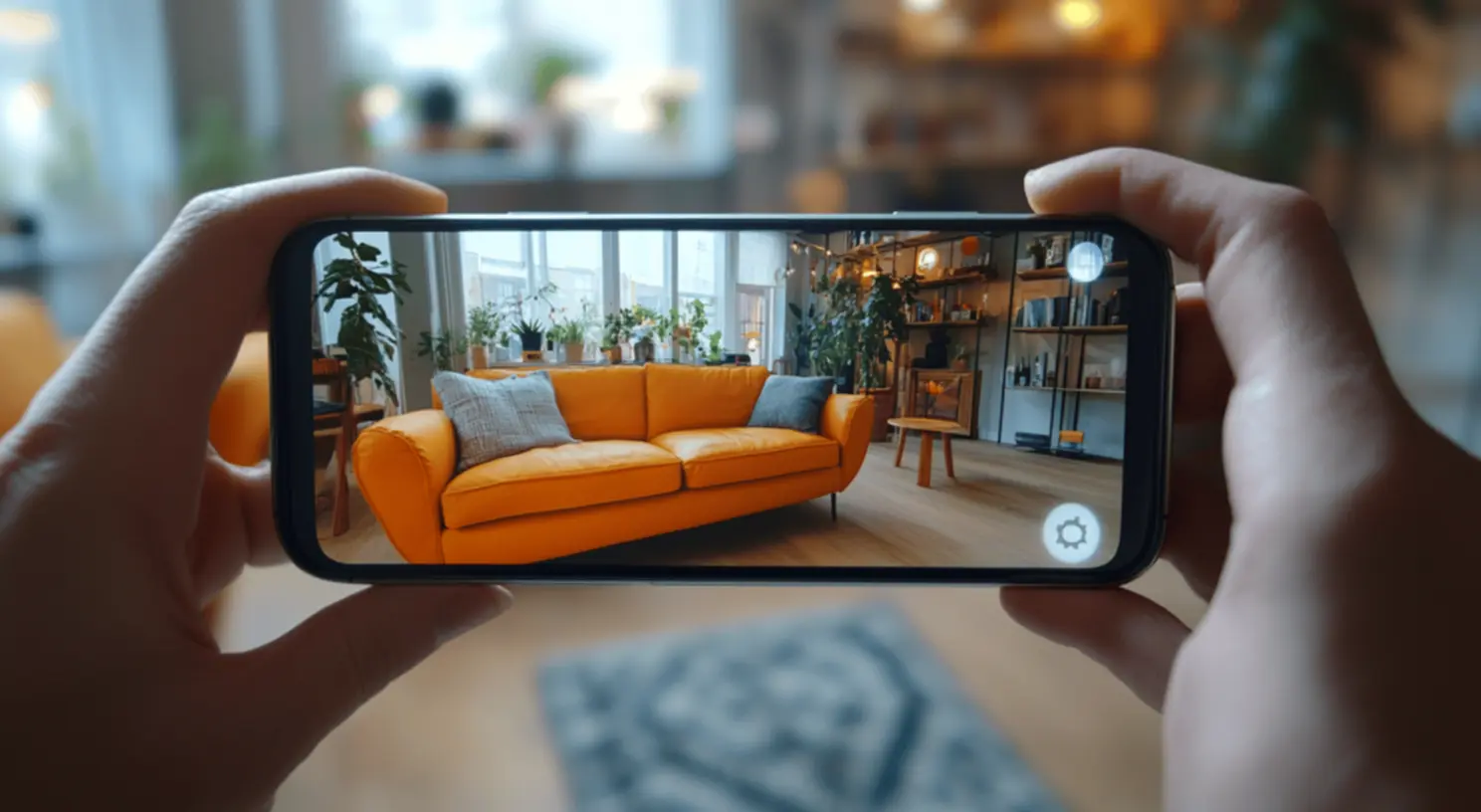
In clinical settings, AR is stepping up patient care by giving healthcare providers instant access to crucial information. Take surgeons, for instance—they can overlay important data, such as a patient’s medical history or imaging results, right into their field of vision during operations. This not only makes things move smoother but also significantly boosts patient safety.
Plus, AR plays a major role in helping manage patient conditions. Through apps that help patients visualize their treatment plans or recovery journeys, healthcare providers are enhancing patient engagement and ensuring their patients better understand what’s happening with their health. This kind of transition to AR-driven patient involvement is a vital leap forward in modernizing how we deliver healthcare.
Retail and E-commerce: How Augmented Reality is Changing the Shopping Experience
Here’s where it gets really cool—augmented reality innovations are flipping the script on retail and e-commerce, giving consumers super interactive shopping experiences that mix convenience with personalization. AR apps are letting customers visualize products in their own homes before hitting that buy button. Like, have you seen those apps from furniture stores such as IKEA? They let you virtually place furniture in your living space, making it way easier to decide before you buy.
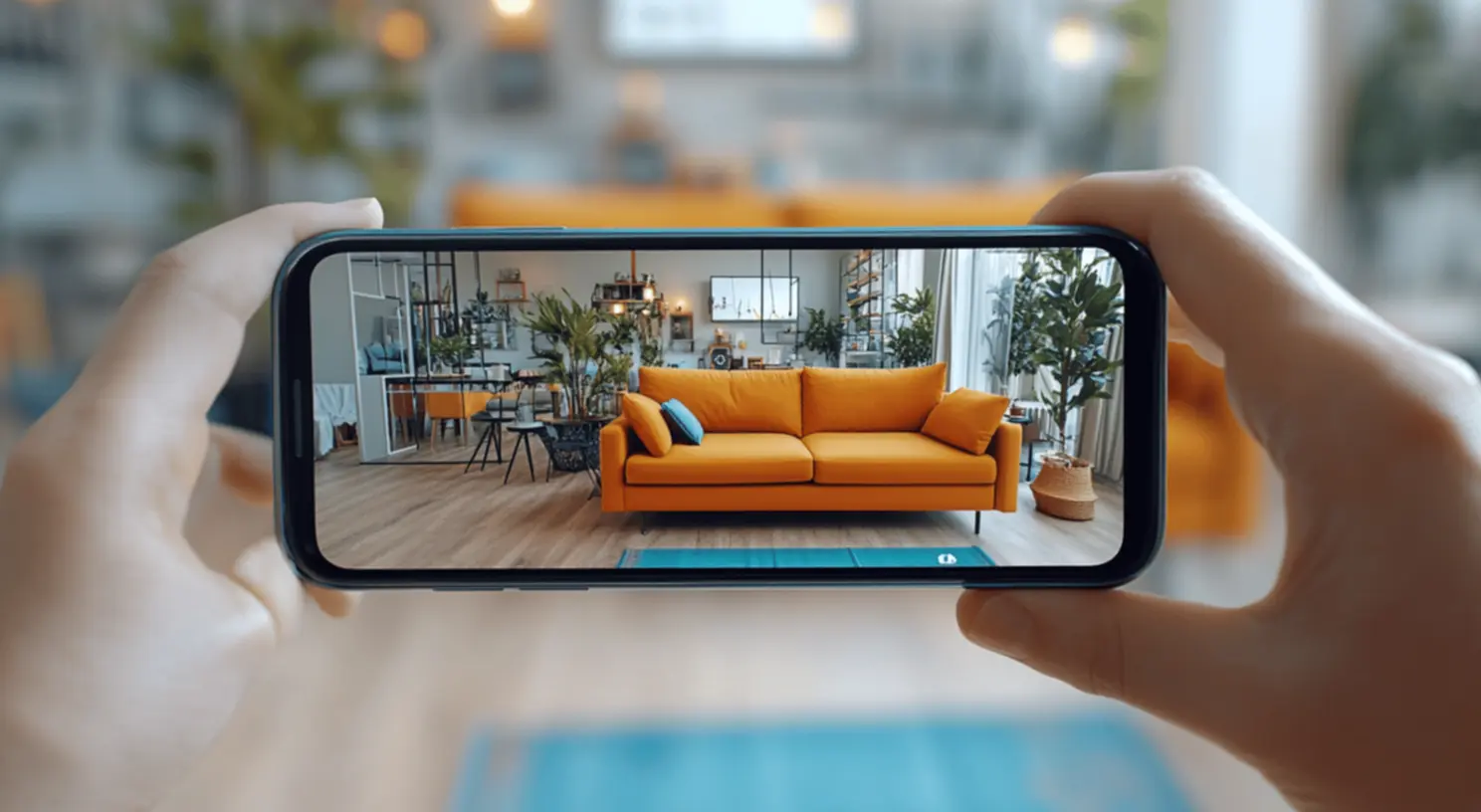
And let’s talk about fashion—try-before-you-buy experiences are taking off. With AR fitting rooms, folks can see how clothes fit them without ever stepping foot in a store. This innovation is doing wonders for customer satisfaction while also slashing the number of returns that come from online shopping, which is a big win for retailers.
Additionally, AR is having a big impact on in-store shopping, too. Retailers are getting creative with engaging displays that guide customers through their purchasing journey. By adding interactive elements like virtual waitlists or detailed product information, stores are enhancing customer involvement and building loyalty, making in-person shopping a more enjoyable experience.
Real Estate: Virtual Tours and Augmented Reality Enhancements
In the real estate world, augmented reality is making quite the splash—it’s significantly improving how properties are marketed and sold. Virtual tours powered by AR allow potential buyers to explore homes right from anywhere in the world. This nifty innovation saves everyone time and expands the reach of real estate agents, as buyers can check out multiple properties without the hassle of traveling all over the place.

And here’s another exciting part: AR can amp up property presentations by overlaying details like square footage, room sizes, and even staging options right onto the physical space. This clear visibility hands buyers the tools they need to imagine their future homes and speeds up decision-making. Showcasing properties in such a dynamic way definitely gives agents an edge in a competitive market.
On top of that, augmented reality can lend a helping hand in property development and architecture. Designers can toss around AR applications to seamlessly visualize changes or upgrades to properties. This capability fosters collaborative discussions with clients, ensuring they’re totally aligned on project specifications while making workflows a breeze.
Challenges and Limitations of Augmented Reality Innovations
Now, let’s pump the brakes for a second—despite the amazing advantages of augmented reality innovations, there are still quite a few challenges and limitations out there. One big hurdle is the tech infrastructure needed to support AR experiences. High-quality AR applications require advanced hardware and a stable internet connection, which aren’t available to everyone. Plus, the price tag for AR devices can keep some folks away from jumping in.

There are also privacy and security issues that can’t be overlooked in the AR realm. Since AR devices collect tons of user data to provide personalized experiences, it’s super important to ensure user privacy and protect sensitive information. If companies don’t address these concerns openly, consumers might hesitate to fully embrace AR tech.
Lastly, the lack of standardized protocols in AR technology poses another challenge for developers and businesses alike. As new innovations spring up, having no universally accepted guidelines can slow down interoperability, which could hamper the growth of the AR industry. Tackling these challenges will be key to making the most of augmented reality’s full potential across various sectors.
The Future of Augmented Reality: Trends to Watch
Looking ahead, several trends hint at how augmented reality is set to keep shaping our world. A standout trend is the growing convergence of AR and artificial intelligence. As AI improves, bringing machine learning into AR applications will create more personalized and smart experiences for users.
Another notable trend is the rise of 5G technology. With lightning-fast internet speeds and low latency, 5G is primed to enable smoother and more responsive AR applications, giving users access to richer, more immersive experiences. Industries like gaming, healthcare, and retail are gearing up to leverage these advancements to take their offerings to the next level.

And as AR becomes more embedded in our everyday lives, expect to see a stronger emphasis on ethical considerations. Developers and industry leaders will need to be mindful of user engagement, privacy, and data security as they navigate this landscape. By fostering a culture of trust and transparency, augmented reality innovations can flourish while respecting user rights.
| Application Area | Description | Impact |
|---|---|---|
| Gaming | Integration of AR into mobile and console games. | Enhanced gameplay and interaction with real environments. |
| Education | Interactive 3D models and virtual field trips. | Improved engagement and retention of information. |
| Healthcare | AR-assisted surgeries and training simulations. | Increased precision and safety in medical procedures. |
| Retail | Virtual try-ons and product visualizations. | Higher customer satisfaction and reduced return rates. |
Case Studies of Successful Augmented Reality Implementations
Taking a look at some wins in augmented reality implementations offers fantastic insights into its potential. One great example is the partnership between the automotive giant BMW and AR tech. BMW is using AR in its production processes, allowing employees to tap into real-time data through AR glasses. This innovation has boosted assembly line efficiency and reduced errors, showing off some serious operational benefits.
Another prominent case comes from the beauty industry, especially with L’Oréal’s AR application. They’ve smartly woven AR into their marketing strategy, allowing customers to virtually try on makeup before they buy. This approach has not just ramped up customer engagement but has also led to a significant spike in online sales, illustrating AR’s direct impact on consumer behavior.

Moreover, the healthcare field provides a compelling story with the use of AR in surgical procedures, highlighted by institutions like Johns Hopkins Hospital. Here, surgeons can overlay essential patient data into their line of sight, leading to improved surgical accuracy and outcomes. These case studies perfectly showcase the transformative impact and practical uses of augmented reality innovations across multiple industries.
Consumer Perception and Adoption of Augmented Reality
When it comes to how consumers view and adopt augmented reality innovations, there’s a lot of variation out there. While AR has gained huge traction—especially in gaming and social media—there are still hurdles to clear for wider acceptance. A lot of folks aren’t entirely aware of the cool benefits AR could potentially bring to areas like education or healthcare, and that sometimes dims the excitement around it.
User experience is a huge factor in AR adoption, too. Apps that seamlessly weave AR features into day-to-day activities often get a warm reception. Like, those fun AR filters on social media? They’ve gone viral because they’re entertaining and easy to share! As we think about AR innovations, prioritizing user-friendly experiences is crucial for boosting overall adoption rates.
And let’s not forget about trust—it’s a major player in shaping consumer perception. People want to know their data is safe and that AR tech is being used ethically. Being clear about data privacy and having transparent policies will go a long way toward easing concerns and getting more people interested in using AR applications.
Augmented Reality and Social Media: A New Frontier
Social media platforms are really stepping up their game with augmented reality innovations, rolling out AR features that engage users in exciting new ways. Platforms like Instagram and Snapchat have introduced AR filters that let users jazz up their photos and videos with fun effects. This not only sparks creativity but also builds community ties as users share their quirky experiences with friends and followers.

As social media embraces AR, we’re starting to see these features become more commercialized. Brands are getting crafty with AR filters to create immersive ad campaigns that resonate more personally with consumers. This trend allows businesses to forge stronger connections with potential customers, enhancing brand recognition and building loyalty like never before.
Plus, the merging of e-commerce, social media, and AR presents a thrilling new frontier. Imagine being able to interact with products through AR directly in your social feeds before you decide to buy. This completely transforms how brands engage with customers, making the shopping experience more interactive and personalized.
Conclusion: The Impact of Augmented Reality Innovations on Society
To wrap things up, let’s be clear—augmented reality innovations aren’t just a passing fad. They’re a game-changing force reshaping countless industries out there. From gaming to healthcare, the way AR enhances user experiences is nothing short of amazing. As I’ve shared throughout this article, the potential applications of AR are practically boundless, presenting opportunities for creativity, efficiency, and meaningful engagement.
However, as we dive into this innovative tech, it’s essential to keep an eye on the challenges and ethical implications that come with it. Finding the right balance between harnessing the excitement of progress and applying responsible practices will be crucial in ensuring that augmented reality can blossom sustainably.
At 17Vibes, I’m genuinely excited to share these insights into augmented reality innovations and how they could enrich our lives moving forward. I encourage you to stay tuned on the latest developments in this ever-evolving field, as the future is bright and augmented reality is poised to play a pivotal role in the tech landscape. For those interested in the evolving landscape of technology, understanding trends in areas like electric vehicles may also offer valuable insights.
